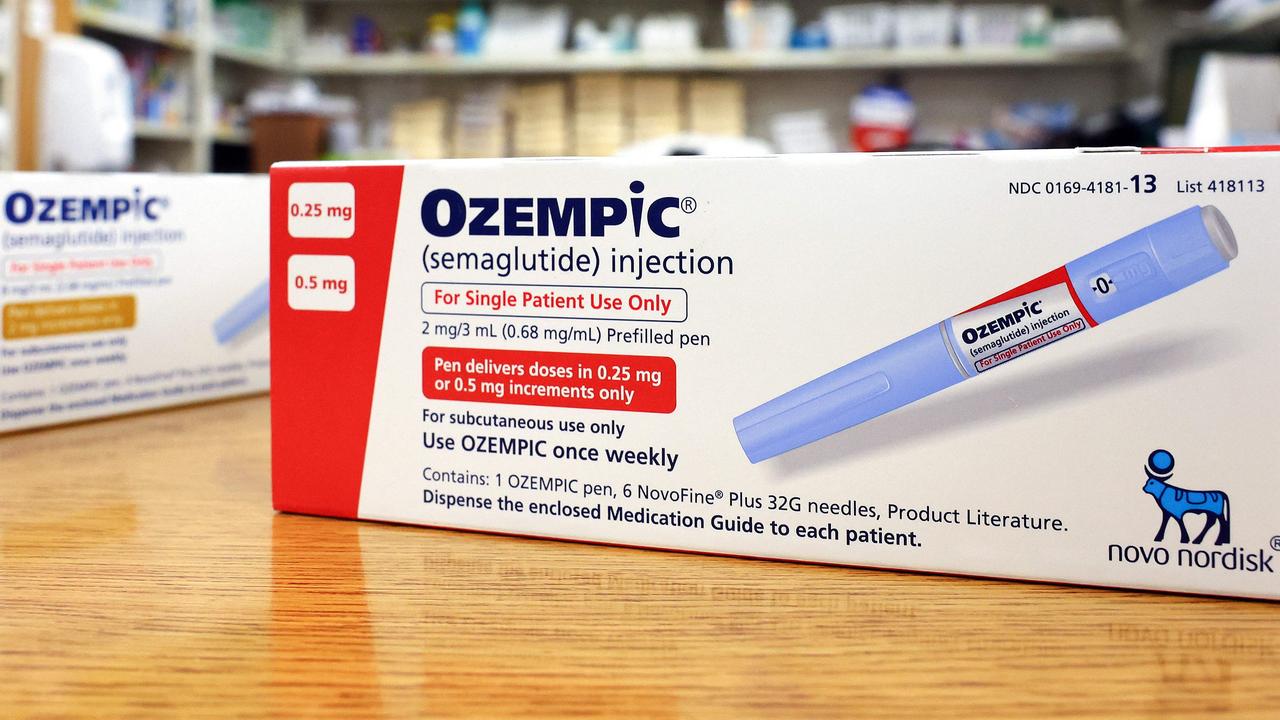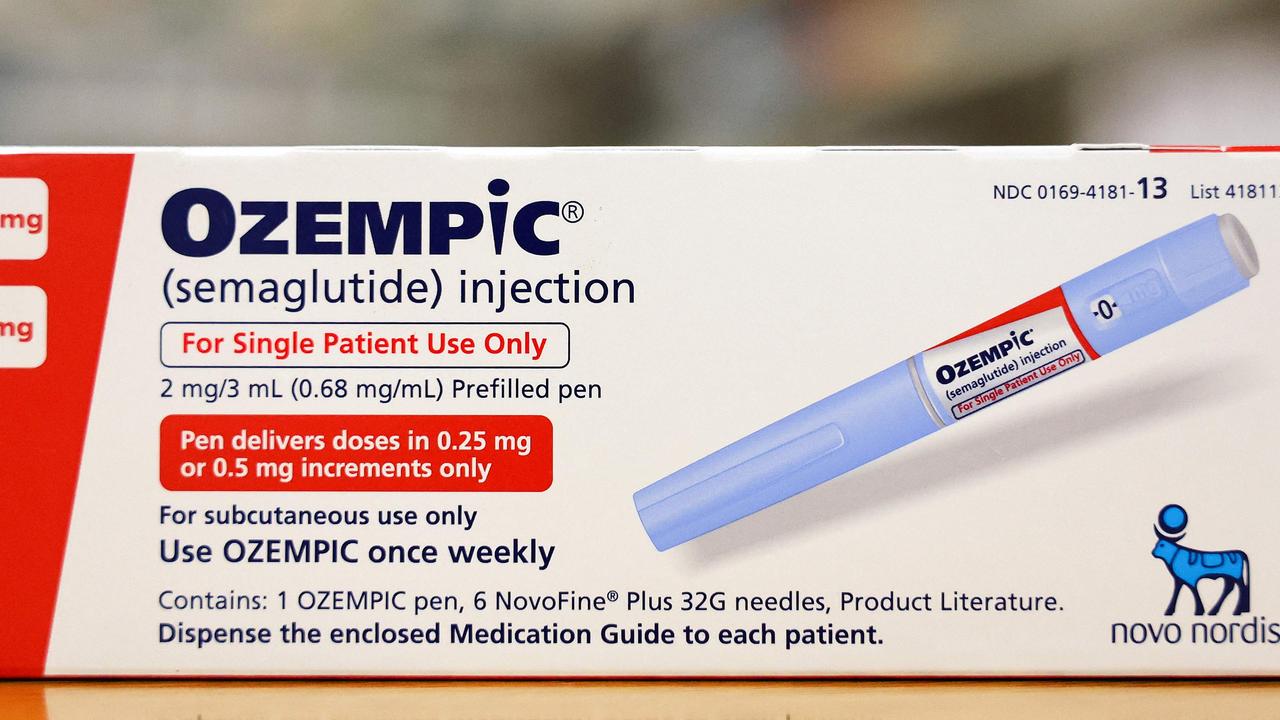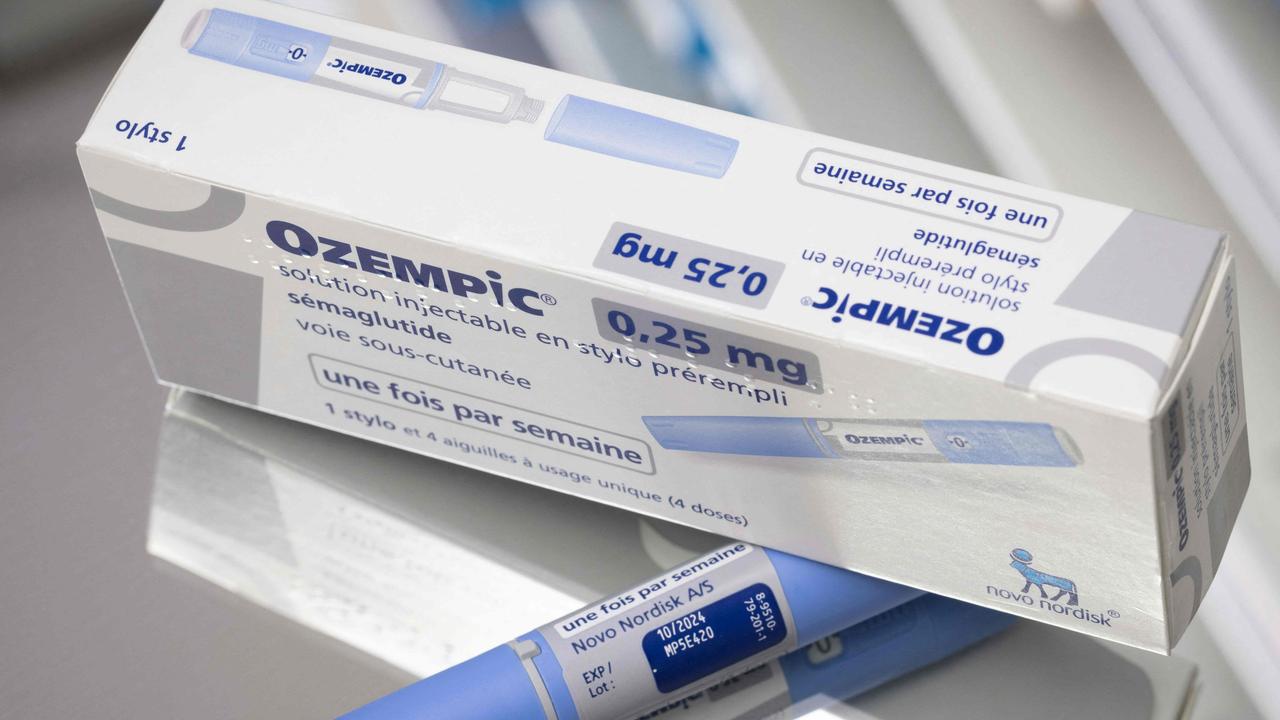Should you wear a continuous glucose monitor if you're not diabetic?
Glucose monitoring is all over TikTok
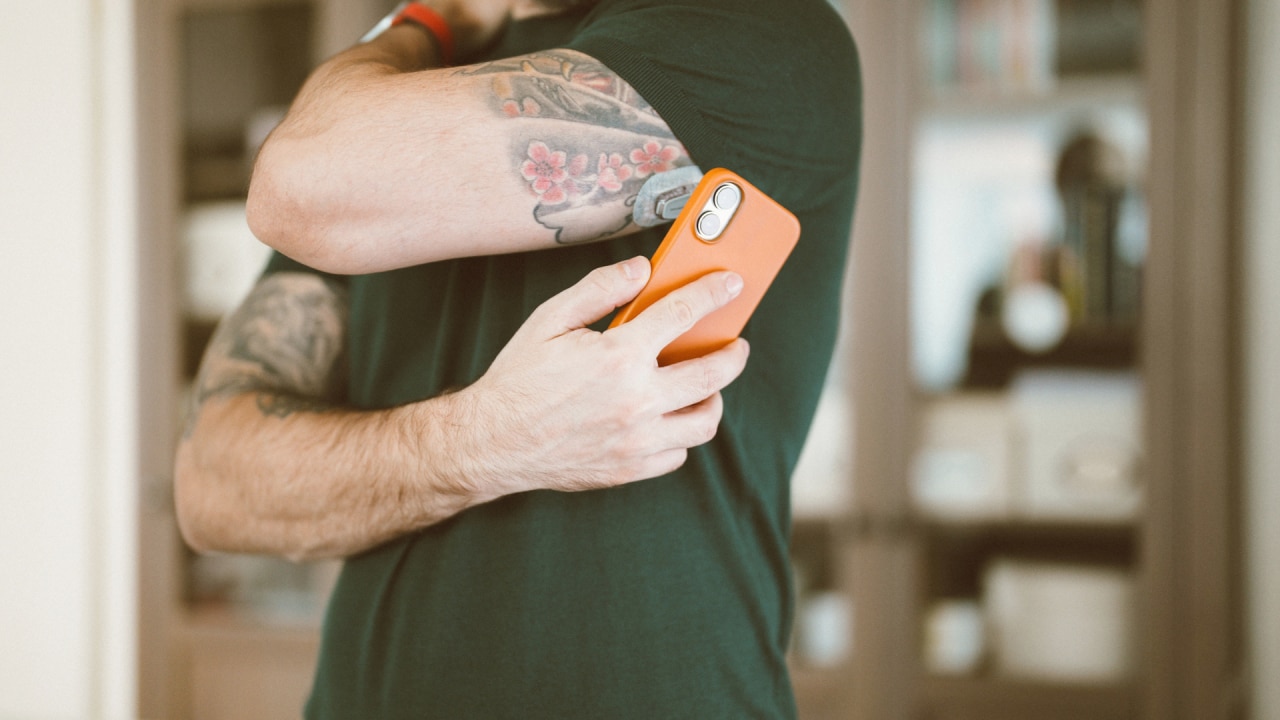
Diabetes
Don't miss out on the headlines from Diabetes. Followed categories will be added to My News.
While the device has long been used by patients with diabetes to help them keep track of their blood-sugar levels, an increasing number of people are using them to track changes in their diets. We asked two experts to weigh in on whether or not it's worth it.
From tracking your sleep to closing your rings, new ways of measuring your health data aren't going away anytime soon. In fact, there is something new to be obsessed with. If you haven't seen it across social media, it's your blood glucose levels, which can be measured using a continuous glucose monitor (CGM) device.
Endocrinologist Dr Izzy Smith describes these devices as "the gold standard of care" for people with Type 1 and Type 2 diabetes, allowing them to make critical healthcare decisions more easily than ever before — in real-time on their smartphones.
As a result many governments, including the Australian government, have subsidised the costs of these devices for over one million Australians living with the disease. But has this ease of access created more problems than it solved?
Like what you see? Sign up to our bodyandsoul.com.au newsletter for more stories like this.
The devices are now being marketed to the non-diabetic population, with the claim they can provide information about your metabolism and show the effects of certain foods on glucose levels. Is this all marketing hype, or is there any benefit to having access to this data if you aren't diabetic?
We spoke with Dr Izzy Smith, a Sydney-based endocrinologist, and Katharine Jones, an accredited practising dietitian, both of whom specialise in diabetes, to provide further insight on the trend and whether there is any benefit beyond the hype.
What is a continuous glucose monitor (CGM)?
Diabetes patients produce little to no insulin, a hormone required for blood glucose control. Diabetes patients must closely monitor their glucose levels and inject insulin as needed to avoid health risks such as hypoglycaemia, hospitalisation, and more serious diseases.
A CGM is a device that provides continuous readings of your blood glucose levels, assisting diabetics in measuring their level range and determining the amount of insulin to inject. A GCM enables people with advanced diabetes to collect this data continuously without the need for finger pricks, which only provide snapshot readings.
How does a GCM work?
The devices display glucose level readings on a screen in real-time, allowing the user to see whether their glucose levels are rising or falling via trend arrows. The devices show graphs of glucose levels collected over a period of hours and sound an alarm if levels reach high or low thresholds.
Jones explains that the measuring process is undertaken by, "A sensor or small electrode is worn sitting just under the skin that measures interstitial glucose – the sugar in the fluid between your cells." Next, "A transmitter is attached to the sensor and transmits the information to a receiver – a stand-alone device, insulin pump or smartphone app," Jones adds.
Wearing a CGM and seeing real-time spikes can help diabetics adjust their diet and lifestyle habits, giving them more confidence in managing their condition. But, for people who do not have diabetes, do blood glucose levels provide any useful information?
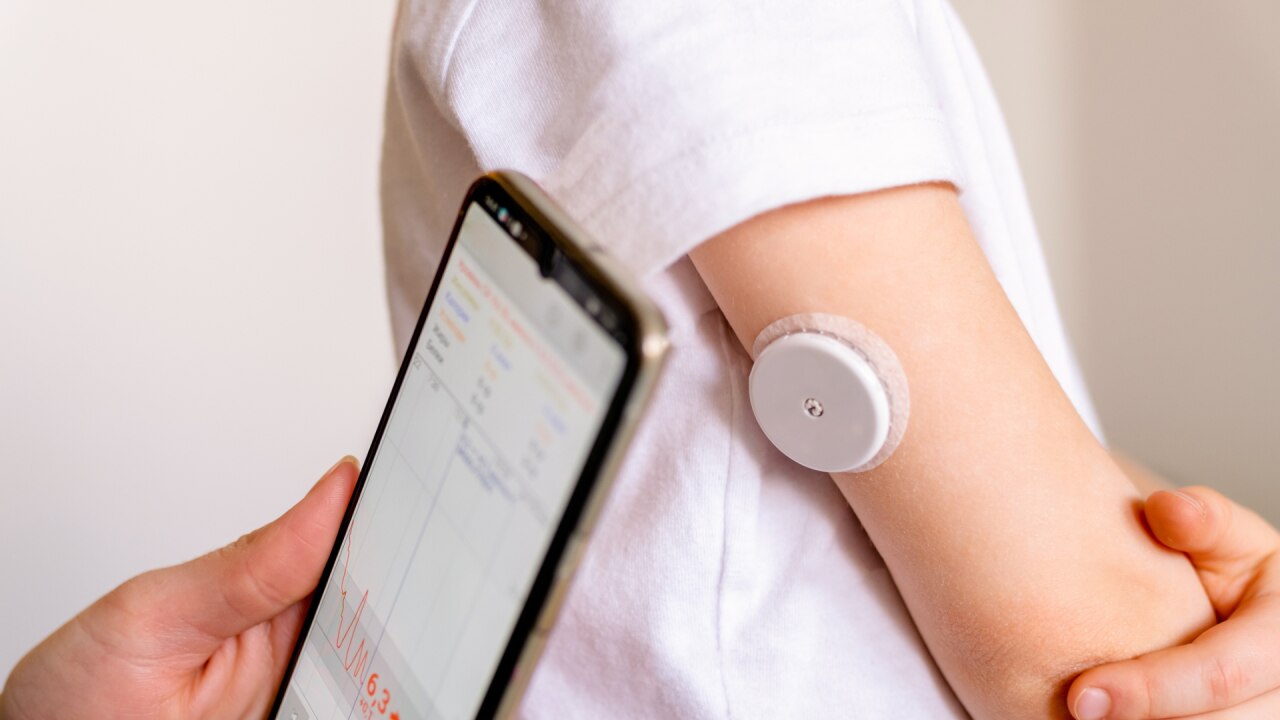
Are blood glucose levels a good indicator of our overall health?
Dr Smith wants to disprove the notion that "minute fluctuations after eating" are a valid health health indicator in a non-diabetic population and should be avoided. Dr Smith emphasised that using the readings for this purpose is "incorrect."
Dr Smith advises that elevated blood sugar levels simply stimulate the digestive process by causing the pancreas to produce insulin and that your blood sugar will eventually fall. Dr Smith emphasises that glucose spikes are not the cause of diabetes, but rather a complication of having the disease.
Most non-diabetics who purchase CGM are likely unaware of the normal range for non-diabetic blood glucose levels (BGLs), which is about 4-6.0, with a brief rise to about 7-9 after eating.
According to Dr Smith, labelling elevated glucose in a non-diabetic patient as "bad" is not only incorrect but also dangerous, as it may lead to pathologizing a normal digestive function. Bacon, for example, may not raise your glucose levels, but an orange may, and disseminating this information on social media may "confuse people as to what a healthy diet is" and stigmatise the normal process of breaking down food.
Jones warns that there are many factors that can cause elevated blood sugars, such as psychological stress and even increased exercise, and that they must be considered. Jones, for example, asserts that "not just food and activity influence glucose levels," but also "stress, illness, sleep, menstrual cycle."
Dr Smith claims that there is little evidence that sustained blood sugar levels prevent diabetes, only that monitoring blood sugar levels can help manage pre-existing diabetes. Thus, companies or influencers promoting the widespread use of CGM in non-diabetic populations as a prevention-based approach are relying on anecdotal evidence rather than evidence-based research.
Fasting blood sugar levels, which can be measured when you wake up in the morning and are a proven marker of insulin resistance. This means CGM could help with diagnosis but that can easily be done with other simpler and more affordable testing. In terms of using CGM to improve health in people without diabtes is however an evidence free zone.
What can be learned from non-diabetics tracking this data?
Lessons shared by non-diabetic CGM users on TikTok include observing how your body reacts to specific foods and using this information to inform how you manage your energy levels during the day.
Anecdotally, this real-time data has assisted people in understanding how balancing ratios of fat, sugar, and carbs in a meal can affect your energy, including how exercise before or after can affect you, as well as the speed at which you eat. Tracking these parameters over time may offer some insight when reviewed by a professional but also has limitations.
What drawbacks are there to using a GCM as a non-diabetic?
"The greatest harm," according to Jones, "is the risk of overwhelm and stress from all the information now available, as well as the risk of misinformation or misinterpretation of the data." For example, having constant access to data without understanding how to analyse it can lead to increased stress and a damaging relationship with food. Especially if you are prone to disordered eating patterns.
Jones is concerned that the devices "may contribute to the perpetuation of harmful diet culture if the information is not correctly interpreted." Obsessing over these numbers and becoming addicted to health statistics, with little evidence, is concerning.
Jones expresses concern "about the risk social media plays in spreading harmful diet culture and the potential for an influencer to demonise a food due to a misinformed glucose response and then people cutting out food unnecessarily."
Dr Smith confirms this fear, citing research that shows that the more fruit you eat, the better your overall insulin sensitivity and reduced risk of diabetes. However, if you relied solely on real-time readings, you may mislabel fruit as unhealthy because it raises your blood sugar, and instead infuse your diets with highly processed fatty foods, which do not raise your blood sugar in the short term but have been linked to increased health risks in the long term.
Jones backs up this claim with a personal experience she had while wearing a flash glucose monitor: "the biggest spike I'd get in my glucose levels was from the apple I ate in the car on the way home from work, and there's nothing unhealthy about my apple!"
Dr Smith is also concerned about the link between a narrow blood sugar range and better health outcomes, which could lead people with type 1 diabetes to try to mimic an unattainable physiological range, potentially resulting in hypoglycemia. This is especially true given the prevalence of devices on Tiktok, where we mistake health and wellness influencers for expert-backed advice.
Closing thoughts on the efficacy of CGM for non-diabetics
Jones says, "It's important to be discerning about the information you see and who is presenting it to you," but in the diabetics' space, she says, "I love CGM and flash glucose monitoring. It is amazing and such an asset."
While it may appear to be entertaining, novel, and interesting, Dr Smith questions the benefit beyond satisfying your curiosity about which foods are low GI. Dr Smith wonders if you need an expensive device to remind you of basic healthy food principles, and whether you would be better off investing that money in receiving targeted nutritional advice from a dietitian.
This Dr Smith offers, could have better educational outcomes and avoid developing unhealthy restrictive relationships with food, such as "where we forget that it is OK and healthy to enjoy a piece of cake every now and then."
Doctor Izzy Smith is a Sydney-based doctor specialising in endocrinology with a particular interest in diabetes, thyroid disorders and hormone health in athletes. You can learn more about her here.
Katharine Jones is an Accredited Practicing Dietitian working with clients to improve and manage endocrine issues such as Type 1, Type 1 and gestational diabetes and PCOS. Kate can be found consulting for Verde Nutrition Co.
Originally published as Should you wear a continuous glucose monitor if you're not diabetic?



